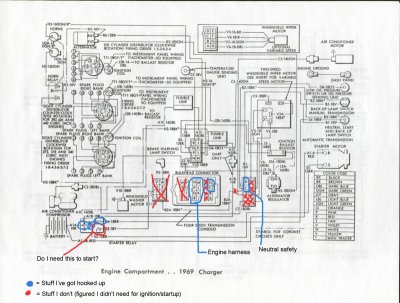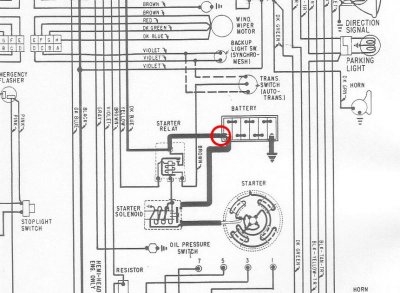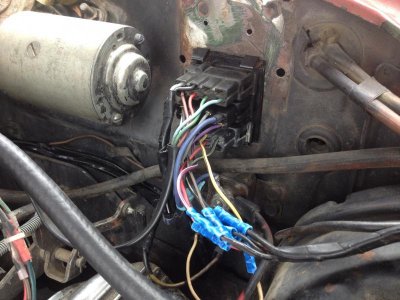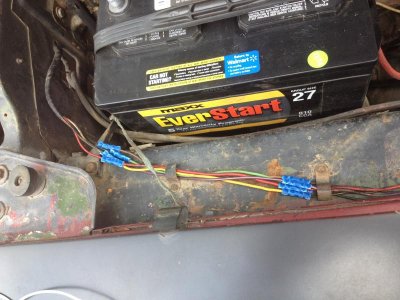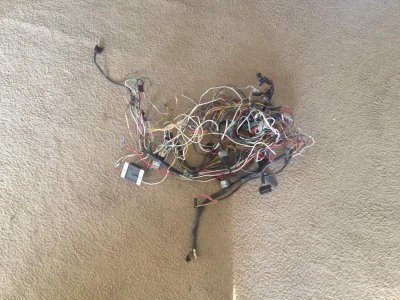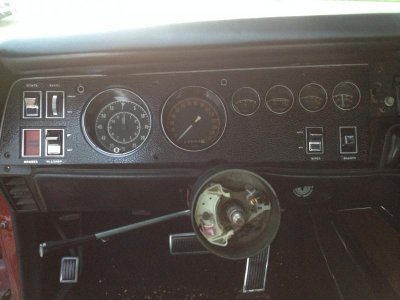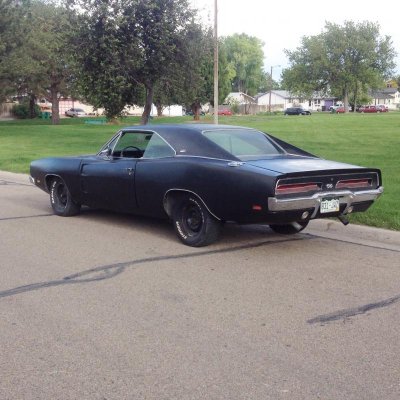rikubot
Well-Known Member
I have a '69 Charger w/440 that had the most miserable wires make shifted under a poorly made cluster, so I bought new engine and new dash harness and got a hold of the correct gauge cluster to fix it. I pulled out all the old scrap wiring and hooked up my engine and dash harness. I turn the key, and I get nothing. I have little to no knowledge of electrical systems.
My question is:
What all needs to be hooked up for my car to start? I only have the two upper harness clips plugged in as I figured it didn't need front lights to start.
Stuff I have hooked up:
Coil, alternator, resistor, alternator regulator, neutral safety switch, battery, starter.
I'm sure I've missed something but here's the basics. Any help is much appreciated. Any questions just ask.
-Mike
My question is:
What all needs to be hooked up for my car to start? I only have the two upper harness clips plugged in as I figured it didn't need front lights to start.
Stuff I have hooked up:
Coil, alternator, resistor, alternator regulator, neutral safety switch, battery, starter.
I'm sure I've missed something but here's the basics. Any help is much appreciated. Any questions just ask.
-Mike

